In Artinis NIRS blog, you will find the latest trends in (f)NIRS, NIRS studies and applications, tutor from the leaders of near infrared spectroscopy, not to mention detailed insights and tips and tricks for your research!
Search blog post topic
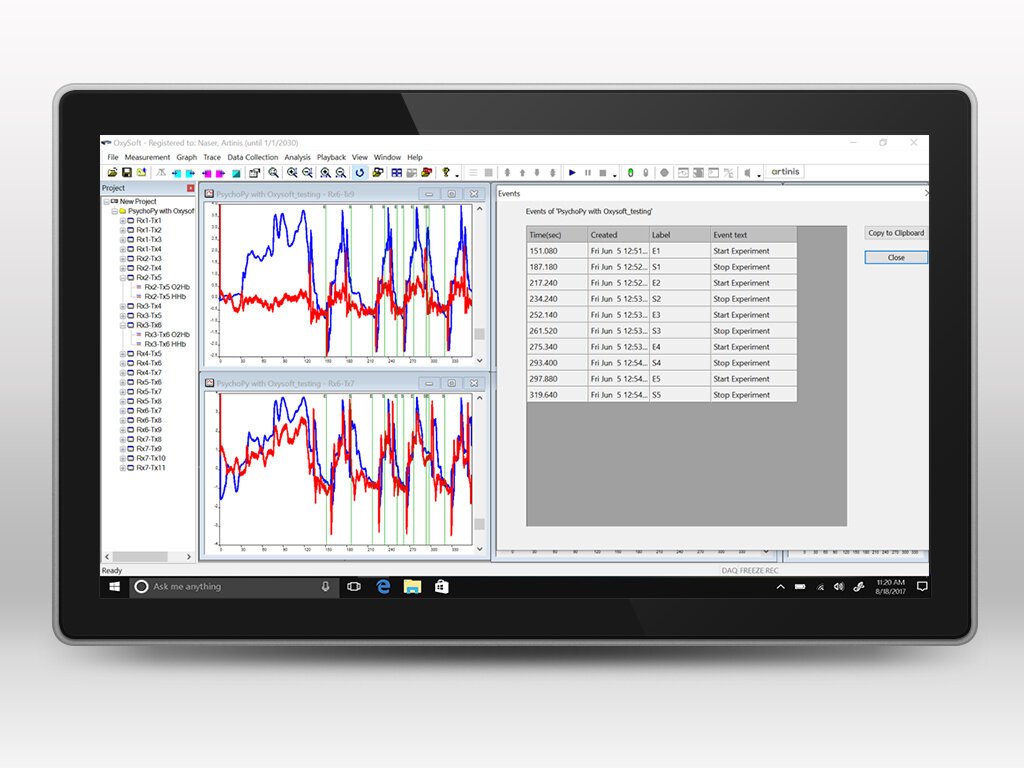
The importance of being precise: using PsychoPy for stimulus presentation and OxySoft for triggering
You’ve got your NIRS device ready and have already thought of the protocol for your next experiment. You have a clear picture of it in your head: you can see the subjects with the NIRS cap on facing a PC monitor showing each of the instructions and stimuli at the exact timing you were aiming for. Timestamps for each event are automatically saved and once the session is over, you are ready to go for the analysis. Sounds nice, right? How simple is it, though? Well, turns out it’s quite simple, actually. You just need the right tools, and the combination of PsychoPy and Oxysoft is a perfect match!
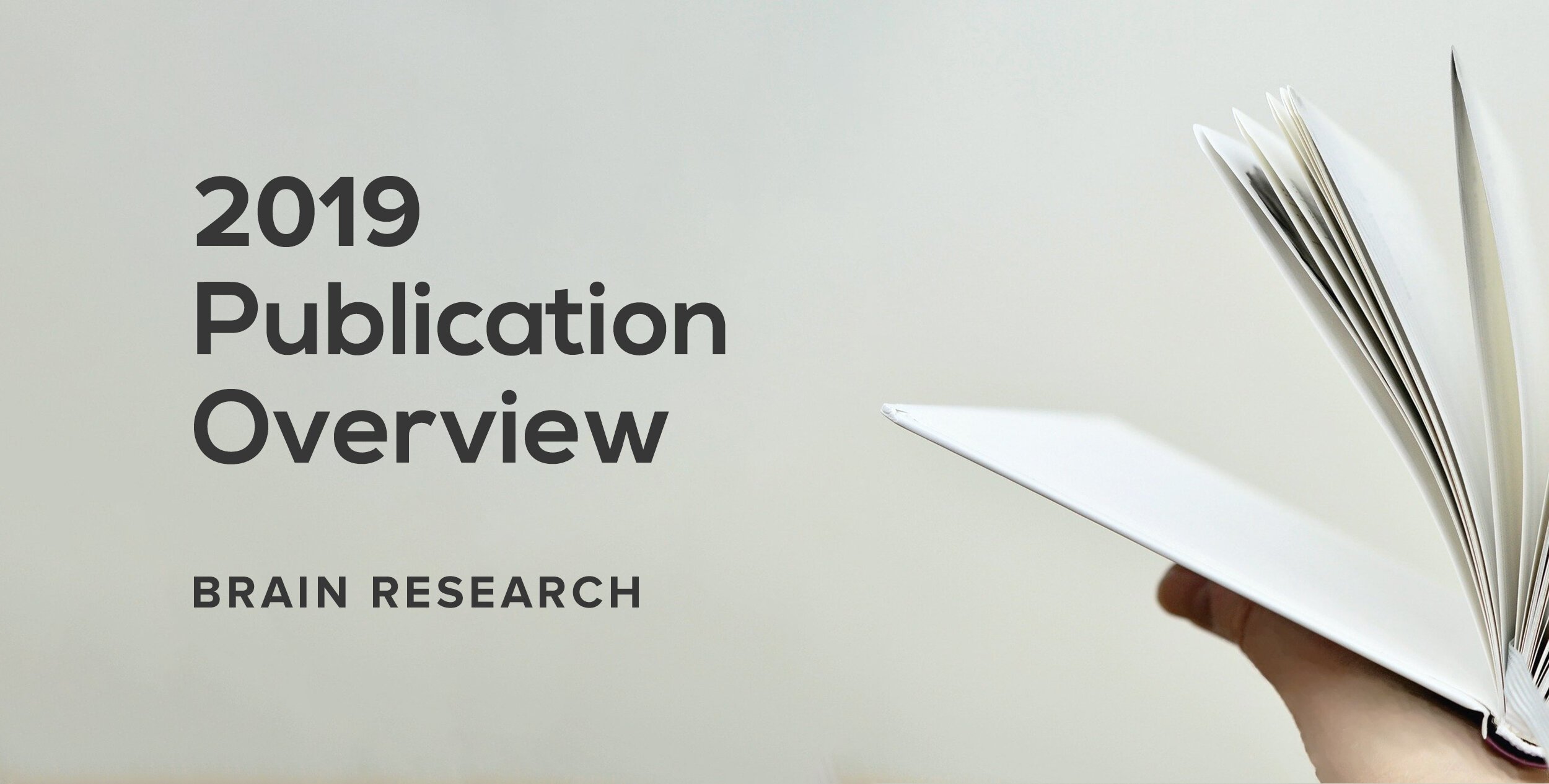
Artinis Literature Overview 2019 - Brain research
We are very proud to see our equipment used in a wide range of scientific research and continue to be inspired by the bright scientists who are our customers. Perhaps the biggest takeaway from all the publications last year is the fact that NIRS is no longer navel-gazing as a research field on its own, but it has reached out and found a new audience as a versatile research application that, even more than fMRI, is being used in more and more parallel fields. Here, we highlight some of the noteworthy elements of 2019’s publications.
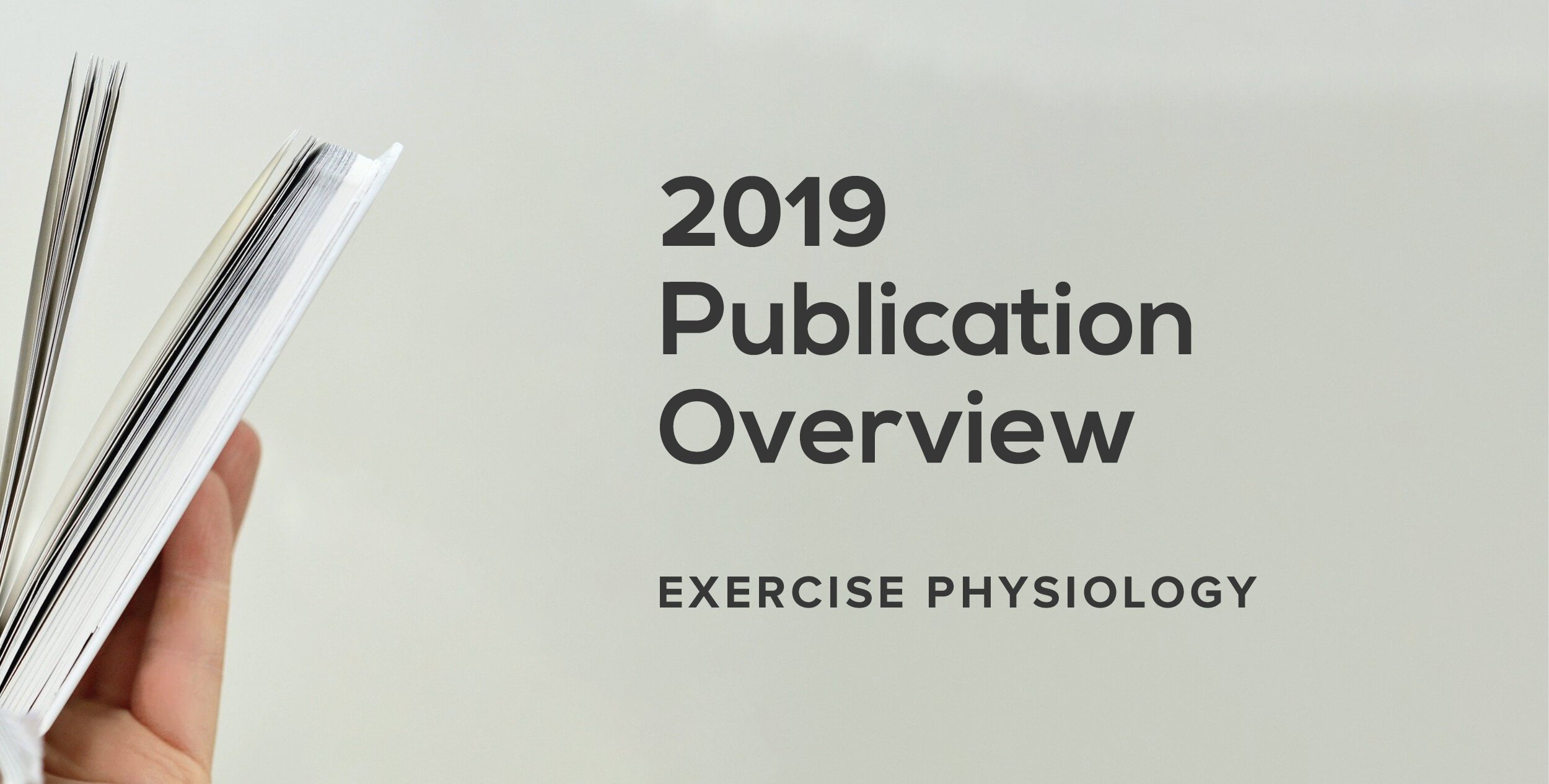
Artinis Literature Overview 2019 - Exercise physiology
From a classical perspective, we at Artinis separate the publications into the domain of functional brain monitoring and muscle research. ‘Brain’ - and ‘Sports’ people. This review will highlight a handful of publications in the domain of movement science published in 2019’s.
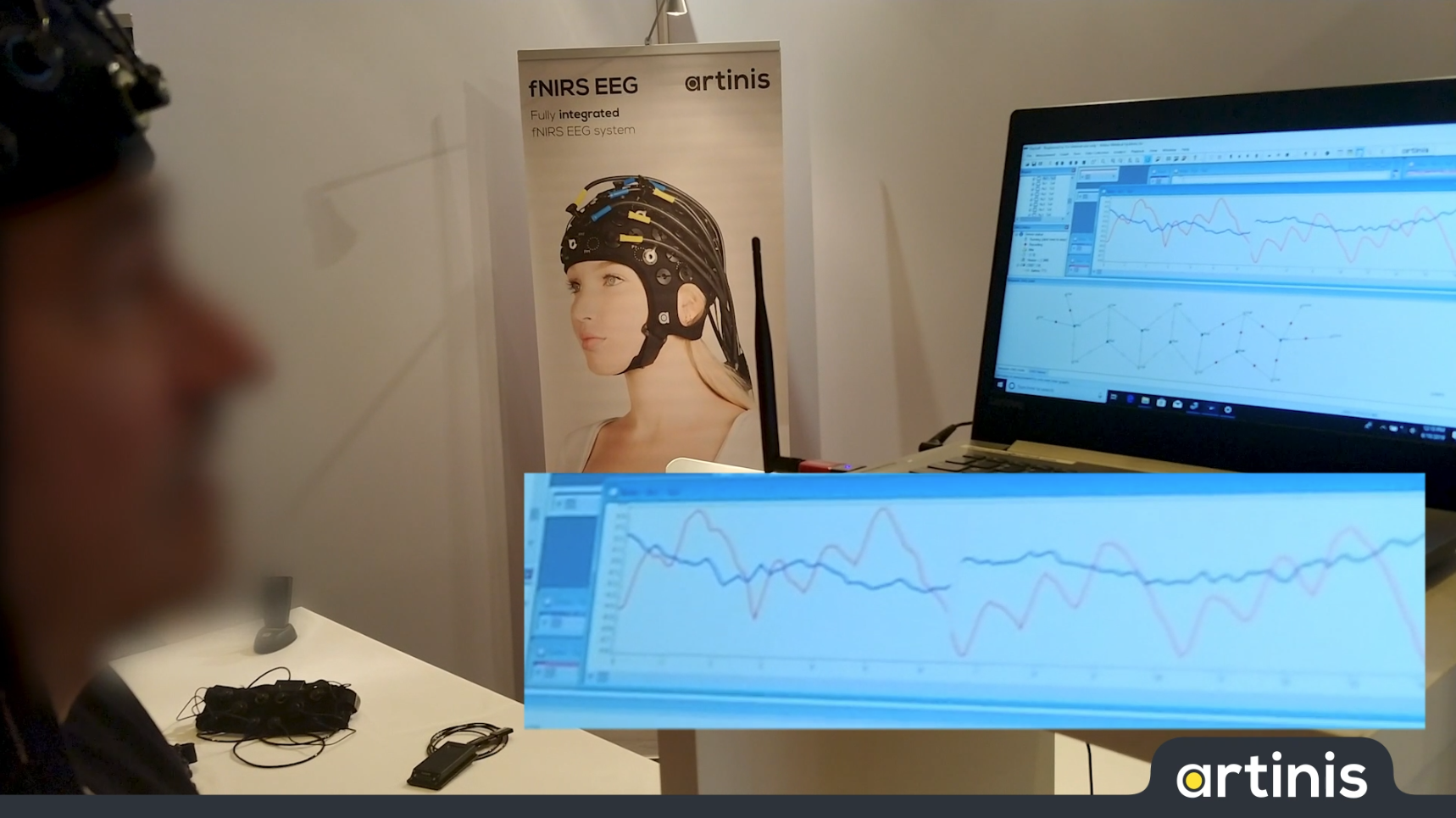
Artinis at the Organization for Human Brain Mapping
At the OHBM conference, we had multiple people with previous NIRS experience ask us if you could really get a good signal with a wearable device on adults. We offered them the chance to try it out themselves; a quick setup resulting in a good signal within minutes quickly dispelled their initial doubts. Seeing is believing!

Exercise Physiology integrating NIRS, ECG, and EMG as a learning tool
Innovations travel back and forth between different departments within Artinis. Application Specialists give insight in customer requests, Research and Development find new measurement methods, Design and Engineering constantly look for further improvement of the equipment and Sales and Support find new ways to support every single customer. Especially for new employees, hands-on experience throughout the company is crucial in their development and no better way to do this than to set up a study.
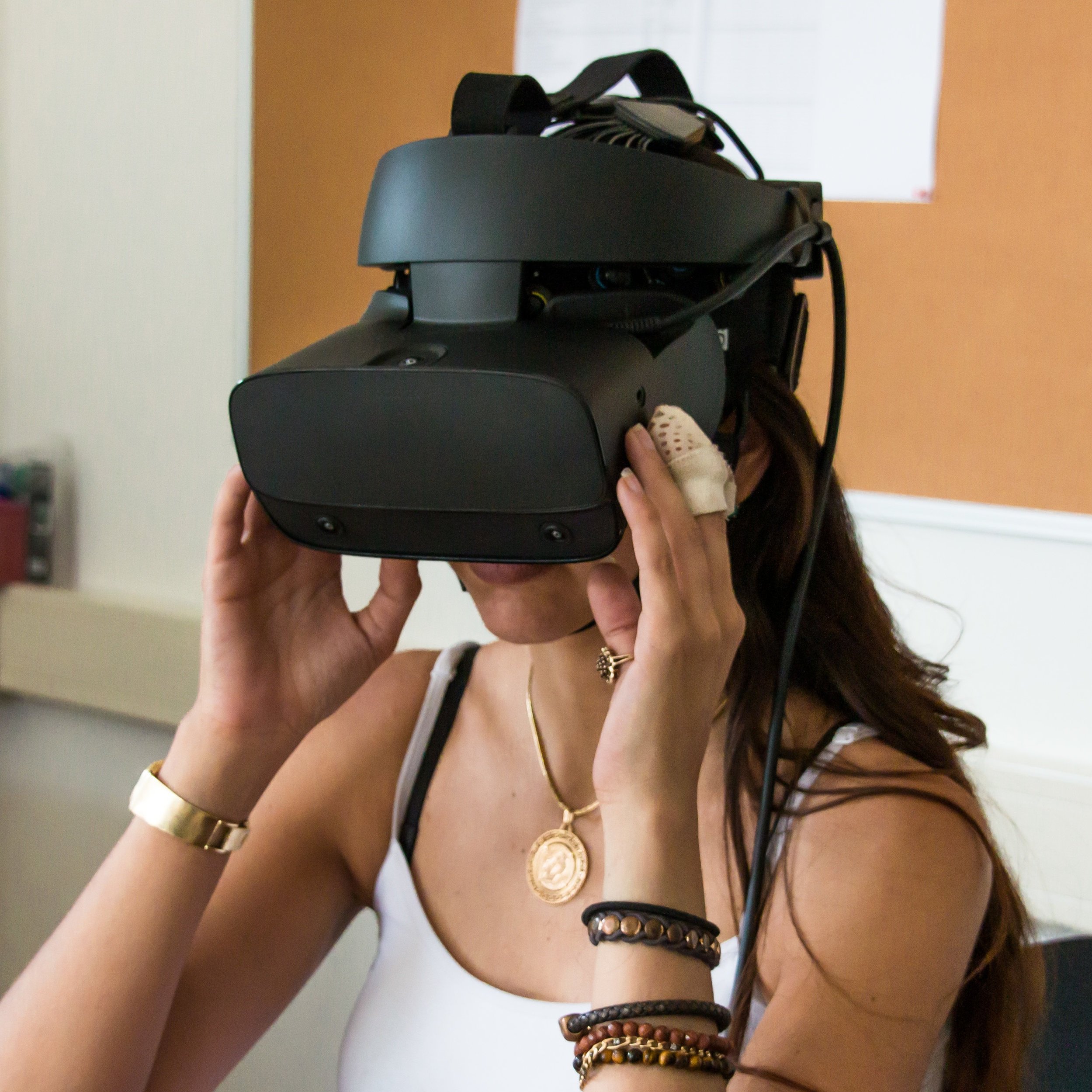
Using fNIRS to study emotions in virtual reality environments
Have you ever watched a horror movie or read a really gripping thriller that made you skip a beat or two at the climax? If you know what I’m talking about, then we can agree on something: our minds are connected to our bodies in such a way that the emotions we experience cause physiological changes on us.

Submersible NIRS: a very wet lab...
In 2016 dr. Chris McKnight approached Artinis with the idea to measure NIRS under water on wild animals. Initially there was some skepticism, since our devices are not intended to be taken underwater, let alone on a wild animal. However, we really liked the challenge and together with the Sea Mammal Research Unit (SMRU) of the University of St. Andrews we created a submersible NIRS-sensor specifically for the seals.
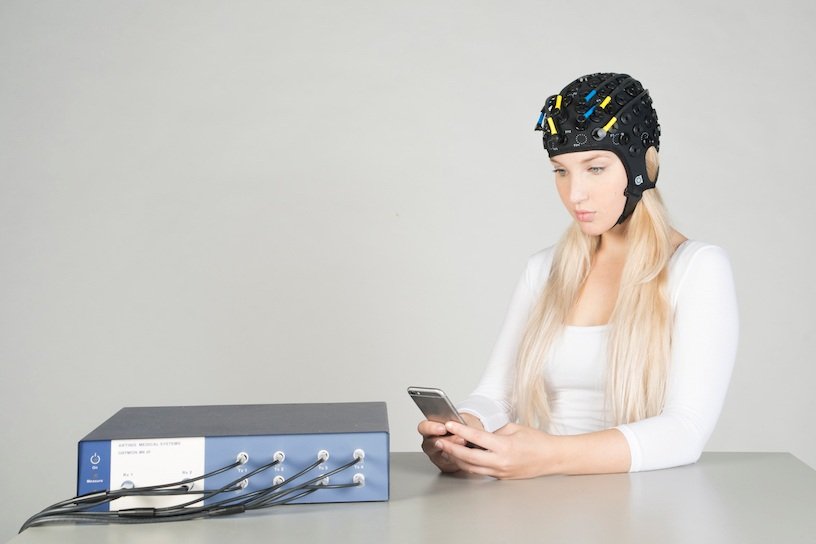
How NIRS is used in brain-computer interfaces
Imagine a person wearing a Brite and playing a demanding video game. This video game is difficult, and the mental workload is increasing drastically. Changes in blood volume, or hemodynamic changes, which are associated with the increase in workload is registered using the Brite. This blog will expand on how a NIRS-based BCI works and what researchers have made possible using NIRS-based BCI.

ARTscientific 2019
The third Artinis NIRS Symposium was a big success with valuable participants & fascinating NIRS discussions. Keep informed for ARTscientific 2019 impressions here and on our social media pages and see you at the next ARTscientific!

User insight: observing NIRS research with the Artinis PortaLite on elderly
We like to incorporate the user from the very first beginning in our development process. Talking with researchers and clinicians, we get to know what’s driving them and what their expectations and suggestions are for our devices. We are constantly trying to understand their feelings and see the world from their perspective to optimize our NIRS devices. One way of doing this is observing and questioning the user that is working with the device, and subject that is wearing the NIRS device. This way, we are trying to gain new insights for existing and future NIRS products.

PROMPT project: towards personalized treatment of mobility dysfunction
In this project we will focus on one of the most disabling symptoms of Parkinson’s disease, freezing of gait – episodic absence or reduction in the ability to produce an effective stepping in spite of the intention to walk (Nutt et al., 2011).
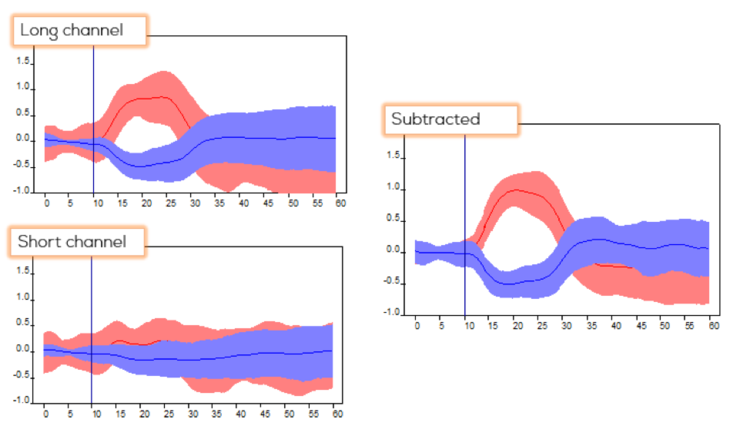
Short separation channels: the new trend in fNIRS
Short separation channels are the new trend in fNIRS. However, what is the functionality of such a short separation channel in brain oxygenation research?
